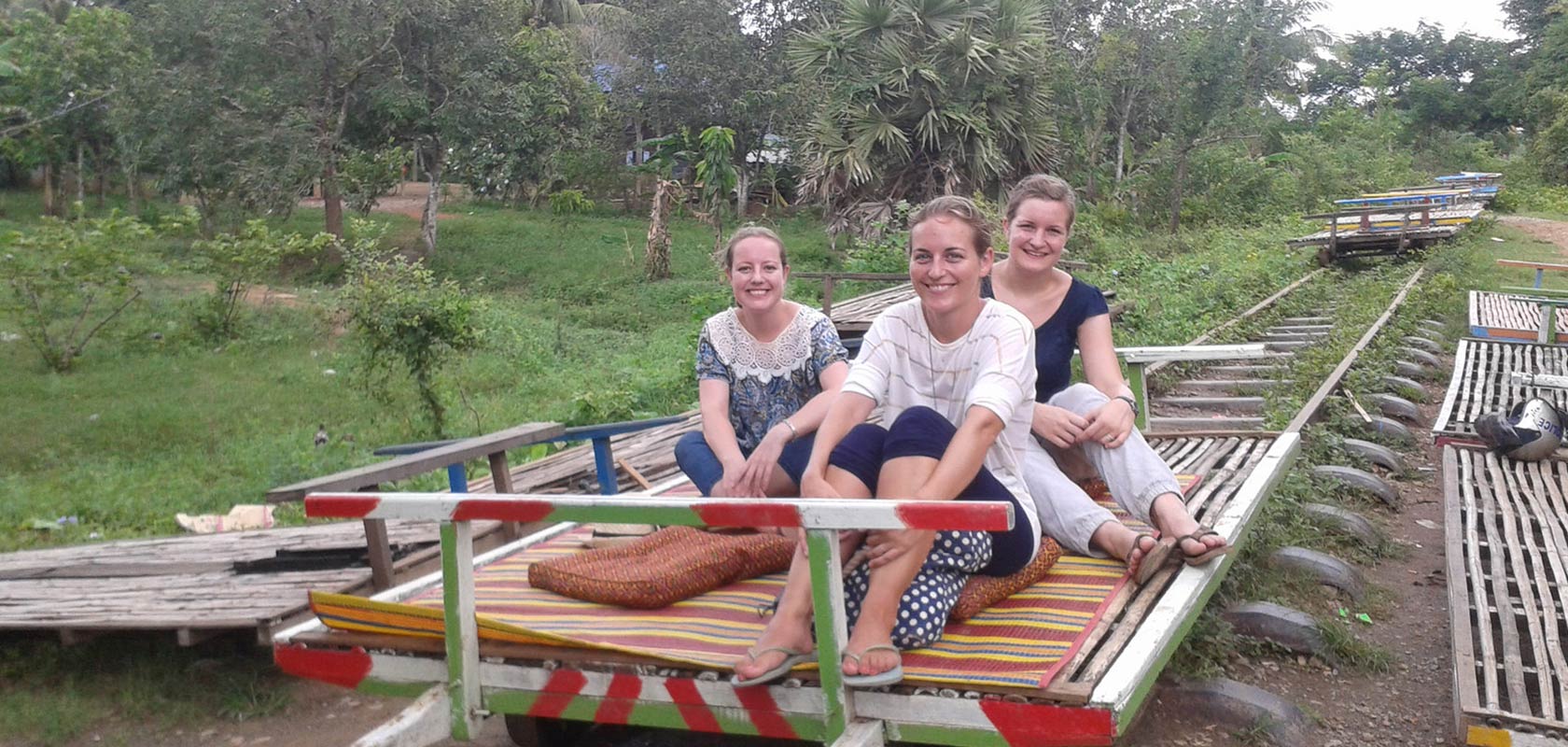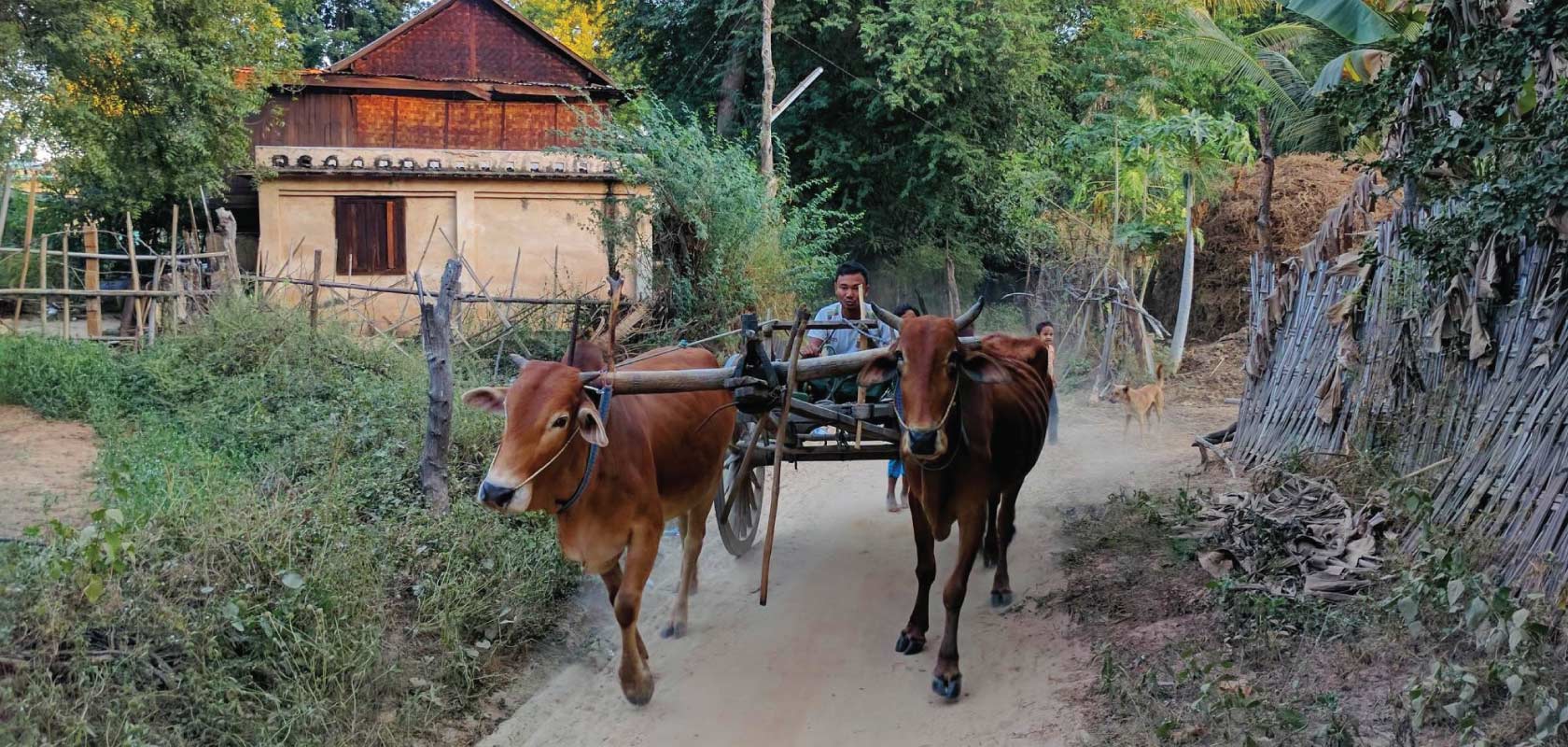As of 1 October 2017, Battambang’s famous Bamboo Train has rattled its way off the rails. Battambang’s most iconic tourist attraction that delights tourists as it clatters through the bucolic countryside, the Norrie Bamboo Train, is planning a railway overhaul over a 6-month renovation period and will not be operating during the renovation.
For many travellers, the Bamboo Train is a must-do experience when visiting Battambang. It is a unique and creative form of ad-hoc local transportation consisting of a small motorcycle engine-powered bamboo cart that rode the railroad tracks, picking up and dropping off passengers, cargo, animals and motorcycles along the way. When the train meets an oncoming train, it can be disassembled and taken off the rails in a minute or two, allowing the other to pass.
Diethelm Travel Cambodia regrets to inform all our agent partners about this inconvenience and will discuss with partners about finding suitable programme alternatives. We will keep you updated on further announcements regarding future bamboo train rides in Battambang.
For more information and alternative programme suggestions, please contact our reservation team here.
About the Bamboo Train
The bamboo train (or Norrie as it’s known locally) made its first appearance in the early 1980s inspired by the small rail vehicles used by railway workers to carry out repairs. At the time, having just emerged from the years of the Khmer Rouge, Cambodians were struggling to rebuild their lives and the country was reestablishing its existence. With roads in disrepair coupled with few means of transport, such as buses and motorbikes, the Norrie was an ingenious and practical solution.
Made from a bamboo and wooden platform with wooden struts resting on the axles of salvaged railway rolling stock wheels and an engine sitting at the back with a fan belt attached to a flywheel on the axle, the population now had an important, although rudimentary, transport system able to haul products, produce and people at low cost. Although flimsy-looking, the train’s bamboo construction is very strong. Originally, Norries were muscle-powered using poles similar to a gondola. Later on, small petrol engines were introduced. In its heyday during the 1980s, locals say there were more than 1,000 Norries operating along 600 kilometres of track. Today, there are only around 100 running short distances in a few provinces.


